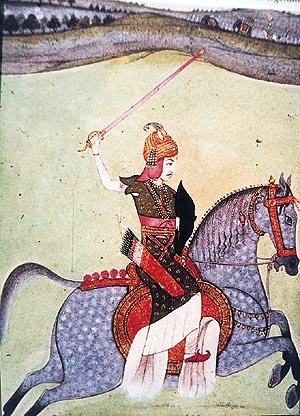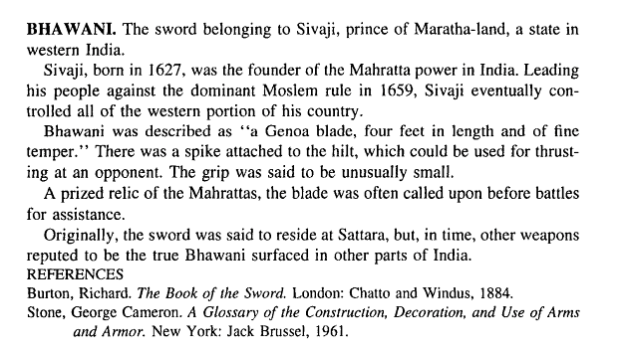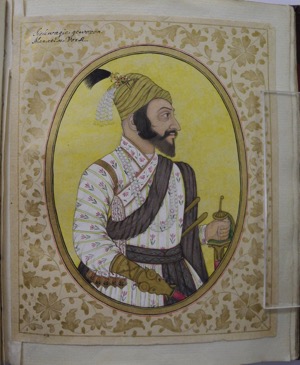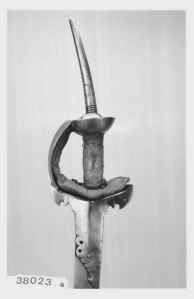Throughout history natives have given names to foreign communities. These names are often derogatory, or just corrupt form of the appearance of people or their place of origins. Perhaps, these name offer a stronger sense of identity to the native community.
Over time, in the age of political correctness and civility, many such words have fallen out of favour and have been replaced by technical terms, that nevertheless, often refer to the place of origin.

By Mughal School [Public domain], via Wikimedia Commons
Firangi derives from the Arabic word al-faranji. This word was used to refer to Franks (Germanic people who conquered Gaul in the 6th century and controlled much of western Europe for several centuries afterward), The Arabics derived the word from the Latin – Franci. The word came into being with the Crusaders, most of whom were Franks.
Around the 16th century, the word had gained a different distinction in India and lent meaning to weapons, rather than to refer to certain people. The Western Euopean sword-blade was finding favour with the Mughals and was called the firangi. However it was made popular by the Marathas, which they bought from the Portuguese. The Portuguese did not manufacture this blade however, they only imported and traded it. Therefore the use of the word firangi was still associated with Western Europe and not with the Portuguese. Interestingly,
The origin of the ethnic name [Frank] is uncertain; it traditionally is said to be from the old Germanic word *frankon “javelin, lance” (compare Old English franca “lance, javelin”), their preferred weapon, but the reverse may be the case. [Link]
Further, during the 16th century:
Syphilis was known in India as the Portuguese disease, or firanga or firangi roga, terms that identified it with the firangis (‘Franks’), or Europeans. According to historians, the disase was first recognised in India in 1498 after the arrival of Vasco-da-Gama, who had left Portugal in 1497.
It is perhaps due to the trade of the Marathas that the word has been strongly associated with the Portuguese, and it seems they referred to the commodity than the people. However, certain documents describe different names for various European traders in India:
Amongst the merchants the Portuguese (Firangi), the English (Ingraz), the Dutch (Valandaze), the French (Francese), the Danes (Dingmar) and hat wearing (Topikar) merchants carry on trade, and commerce.
References
- Dutta, Tarun Kumar, and Subhash Chandra Parija. Emerging and Re-emerging Infectious Diseases. New Delhi: Jaypee Brothers Medical Pub., 2013. 118. Print.
- Darpan, Mahesh. “पुर्तगाली-बंगाली एंथनी फिरंगी – Navbharat Times.” Navbharat Times. Navbharat Times, 5 May 2014. Web. 11 Mar. 2015.
- “Firangi (sword).” Wikipedia. 27 Nov. 2014. Web. 30 Nov. 2014. .
- Kadam, Umesh. “French-Maratha Relations: India in the 17th Century.” ResearchGate, 21 May 2014. Web. 15 Mar. 2015.


